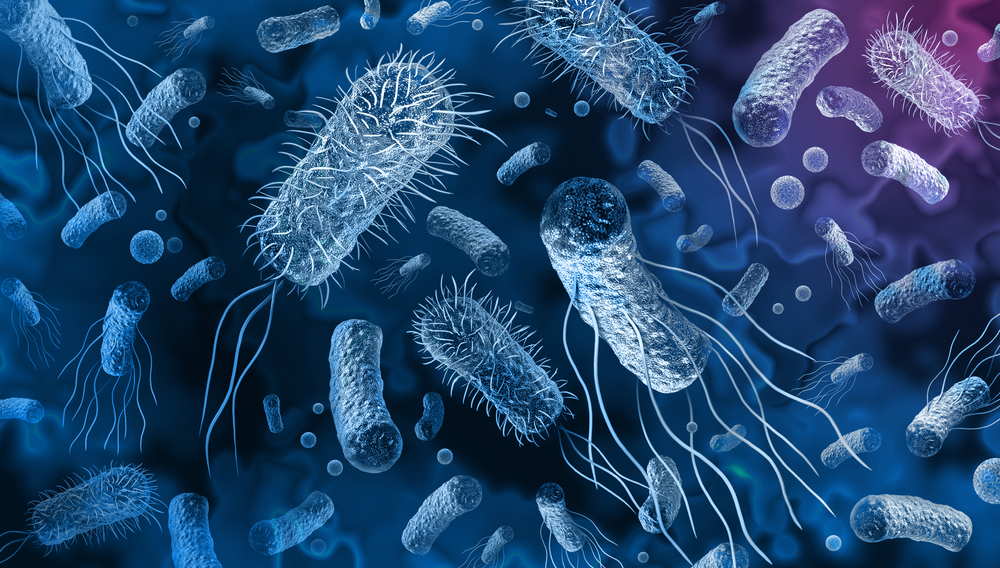Cholera
Cholera is a sudden illness that happens when a person swallows food or water containing Vibrio cholerae bacteria. It’s not common in the United States or other developed countries, but affects millions worldwide. Cholera can cause severe diarrhea, dehydration and even death. Clean water and good hygiene are important to prevent it.
How common is cholera?
Millions of people across the world get cholera infections each year. The bacterial infection usually happens in places without modern systems for sewage and clean water. Examples include undeveloped countries and refugee camps, as well as parts of the Middle East, Asia, South America and Africa.
Cholera outbreaks are more common in warm climates as it is the case in Nigeria now. Outbreaks sometimes happen after natural disasters, like earthquakes and hurricanes. These disasters can damage sewage systems.
Symptoms and Causes
Cholera comes from the V. cholerae bacteria. People infected with these bacteria can spread disease through their feces (also called stool or poop). They do so when infected feces get into the water system. If the water is not properly sanitized or cleaned, people using the water to drink, cook and wash risk exposure.
When a person eats or drinks food or water that contains V. cholerae, the bacteria grow inside them. The bacteria then make the small intestines secrete (leak) fluid, leading to diarrhea.
Cholera usually doesn’t spread directly from person to person, but it can. So it’s important to wash your hands to prevent infection.
Cholera bacteria also live in salty rivers and coastal waters. Some people have gotten cholera from eating raw or undercooked shellfish, though that’s rare.
What are the symptoms of cholera?
A cholera infection can be mild, with no symptoms. But about 10% of infected people develop severe symptoms, 12 hours to five days after ingesting the bacteria. These symptoms include: diarrhea, or extremely watery poop; intense thirst; lower amounts of urine (pee); muscle cramp; restlessness or irritability; vomiting and weakness.
If you develop any cholera symptoms, immediately contact a healthcare provider. Mild symptoms may go away on their own in a few days. But dehydration can become deadly very quickly. Early treatment can save your life.
What problems can cholera cause?
Diarrhea and vomiting from cholera can make your body lose large amounts of important substance including electrolytes, fluids, sodium and potassium.
When your body doesn’t have enough of those things, you get dehydrated and may develop: dry mucous membranes (such as in the eyes; nose and mouth); fast heart rate; hypokalemia (low potassium levels in the blood); hypertension (low blood pressure) and loss of the natural stretchiness in skin.
Untreated, severe dehydration from cholera can lead to: kidney failure; shock; coma and death.
Diagnosis and Tests
To test for cholera, a healthcare provider will need a sample of your stool. Often, you will poop into a collection cup or bag. Sometimes, a healthcare provider will insert a swab into your rectum (opening where poop comes out).
The sample gets sent to a laboratory, where experts will look at it under a microscope to identify the bacterium V. cholerae. Some areas where cholera is more common have access to a “dipstick” tool that can rapidly test a stool sample.
Management and Treatment
The most important part of cholera treatment is preventing or reversing dehydration. Anyone with cholera should immediately replace the fluids and salts they’ve lost. A healthcare provider may prescribe: Oral rehydration solution (ORS): You may have to drink large amounts of a prepackaged mix of sugar, salts and water. Intravenous fluids: For a severe case of dehydration, a healthcare provider may use a needle to pump fluids directly into your veins.
Other treatments may include: antibiotics and zinc in children younger than five.
V. cholera bacteria usually disappear from the body within two weeks.
Prevention
People who don’t live in or visit areas with poor sanitation have little chance of getting cholera. But if you’re in an area with cholera cases, certain strategies can help prevent infections:
- Avoid tap water, water fountains and ice cubes. This precaution applies to water you drink and water you use to wash dishes, prepare food and brush your teeth.
- Don’t eat raw or undercooked seafood.
- Drink water only if it’s bottled, canned, boiled or treated with certain chemicals. And don’t drink out of a bottle or can with a broken seal.
- Eat prepackaged foods. Or make sure other foods are freshly cooked and served hot.
- Consider disinfecting your water: Boil it for at least one minute. Add half an iodine tablet or two drops of household bleach to each liter of water. Or use chlorine tablets.
- Wash fruits and vegetables with clean water.
- Wash your hands with soap and clean water, especially before handling and eating food and after using the bathroom. If clean water and soap are not available, use hand sanitizer made of at least 60% alcohol.




